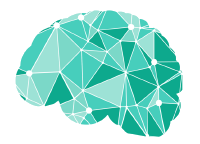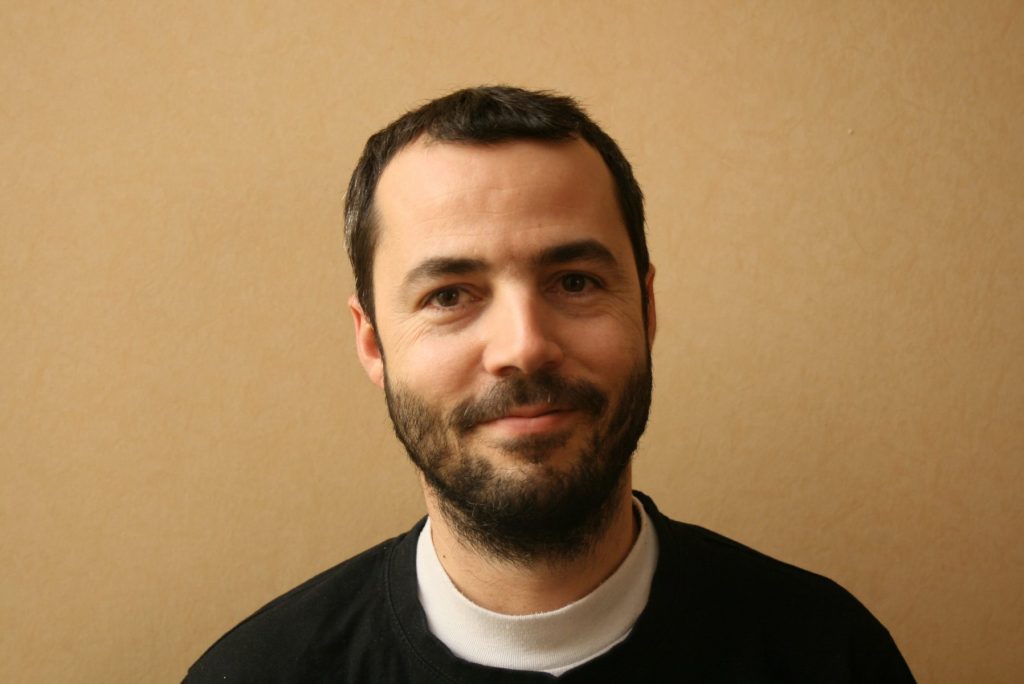He was born in Havana, Cuba in 1981. He obtained his B.Sc. in Nuclear and Energetic Technologies Engineering from the Institute for Technology and Applied Sciences (INSTEC) in Havana. Immediately, after obtaining his degree, he started working at the NeuroImaging Laboratory at the Cuban Neuroscience Center under the supervision of Prof. Pedro Valdés Sosa. Under his supervision, he got his master’s degree in 2006 investigating how structure tensors can improve diffeomorphic registration algorithms. In 2008 he moved to Madrid and started to work at the Medical Imaging Laboratory at the Hospital Gregorio Marañon in Madrid under the supervision of Prof. Manuel Desco. In 2015 he obtained his PhD in Advanced Electronic Systems. His thesis was titled ‘Advanced morphometric techniques applied to the study of human brain anatomy’. His main interest and focus have always been on neuroimaging, in particular, neuroanatomy (brain topology and connectome-based).
In 2017 he moved to Lausanne where he is currently working as a postdoctoral research (50%) funded by the Interdisciplinary funds of the Faculty of Biology and Medicine “Thalamus abnormalities: towards biomarkers in early psychosis”, lead by Dr Philippe Baumann and Dr. Pascal Steullet (Department of Psychiatry, CHUV), and Dr. Meritxell Bach Cuadra (MIAL, Radiology Department, CIBM). The project involves the investigation of structural and functional connectivity of these nuclei as well as their micro-structural properties. In addition, 50 % of his time is dedicated to a project investigating structural and functional brain connectivity at the Department of Radiology, CHUV, lead by Prof. Patric Hagmann.
His main line of research consists of developing innovative, sensitive brain biomarkers for improving healthcare for mental disorders. To this end, he combines in vivo Magnetic Resonance Imaging from different modalities (e.g.
T1-weighted, DWI and fMRI). Translational science is an overarching goal of his group and to this end, he develops new easy-to-use image processing strategies that provide innovative morphometric tools for
accurate tracking of in vivo MRI-based brain changes. He has received several awards for his contributions to methods for studying brain anatomical and morphological connectivity. He is a real team player, a good
collaborator and from what he perceives from others, an easy-to-go person. His personal hobbies are playing team sports and playing the trumpet.

